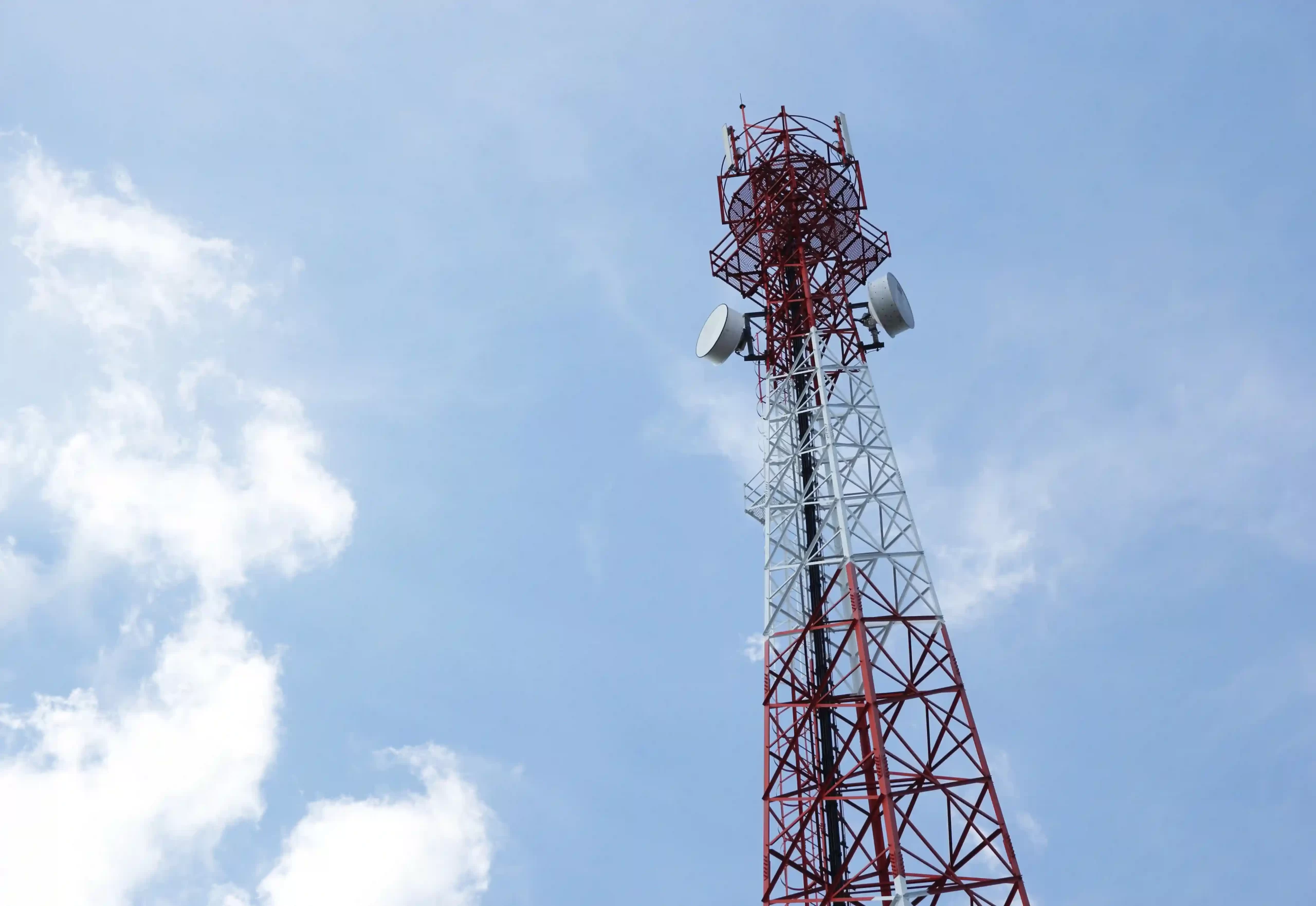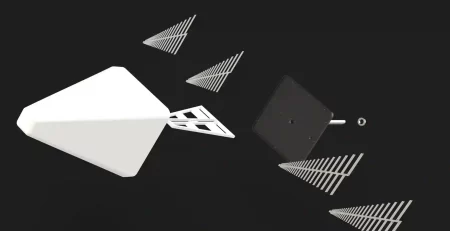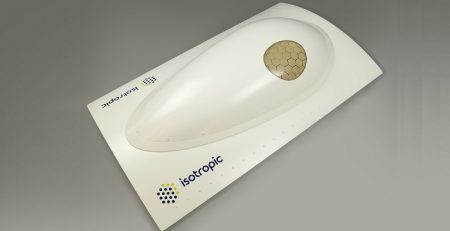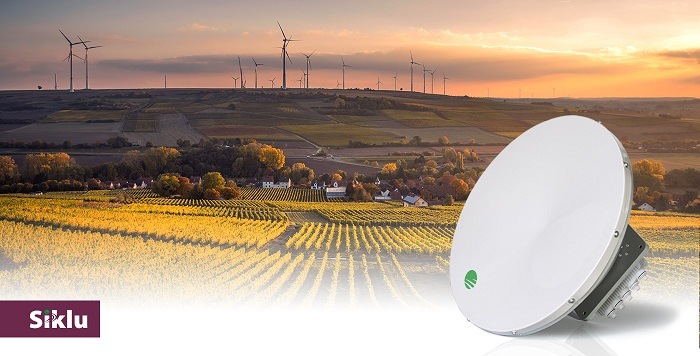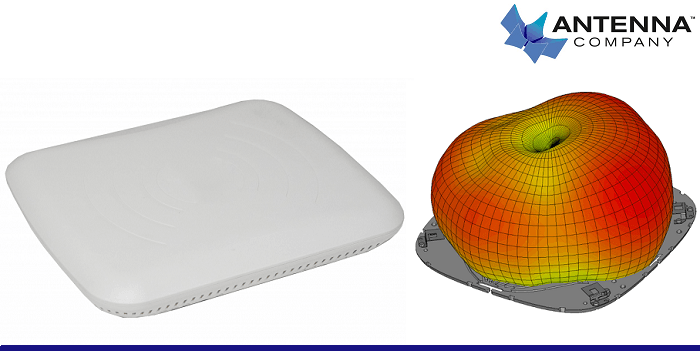What are the characteristics of the radiation pattern of a symmetrical antenna?
In this blog, we’ll delve into the attributes and advantages of symmetrical antennas while also introducing a trusted provider to you.
What is a Symmetrical Antenna?
An antenna with a consistent radiation pattern spreads signals evenly in both horizontal and vertical directions. It typically has a square waveguide opening and a balanced feed to distribute current evenly.
Key Characteristics of Symmetrical Antenna Radiation Patterns
Symmetric antennas have a variety of features that make them valuable assets in communication systems. Let’s explore the aspects of their radiation patterns.
Consistent Coverage
Symmetrical antennas are created to spread signals for consistent coverage in all directions and are suitable for various applications that require uniform signal distribution.
Minimal Interference
Symmetrical antennas possess a feature in their capacity to lessen interference and enhance network connectivity effectively. The consistent radiation pattern they exhibit helps diminish the chances of interference with other signals. Additionally, symmetrical horn antennas showcase decreased side lobe levels contributing further to mitigating interference issues.
High Gain
Symmetrical horn antennas offer amplification as they have the ability to concentrate emitted power in a specific direction. The greater focus of the radiation lobe and the minimized presence of side lobes indicate a heightened gain potential.
Low Side Lobe Levels
Symmetric horn antennas are recognized for their ability to emit energy in undesirable directions due to their low side lobe levels. This quality is advantageous as it minimizes the risk of interference with nearby antennas and enhances the signal quality overall.
Improved Front-to-back Ratio
Antennas with designs show a better front-to-back ratio. They emit more energy where it’s intended and less in the opposite direction. This feature is key for minimizing signal disruptions from the back of the antenna.
Better Polarization Purity
These antennas provide polarization purity by ensuring consistent polarization across a broad frequency spectrum. This is crucial for upholding signal integrity and minimizing polarization mismatch losses in communication setups.
Applications of Symmetrical Antennas
Symmetrical antennas are utilized in a range of scenarios that call for equal signal dispersion.
Point-to-Multipoint Communication
Symmetrical horn antennas are frequently employed in point-to-multipoint communication configurations found in areas with population density, for efficient signal distribution to multiple devices simultaneously.
WLAN Applications
These antennas are commonly employed in local area networks (LANs). Their capability to ensure coverage is valuable in busy public areas, like stadiums and large office complexes.
High-Density Coverage Scenarios
When there are devices that need to be linked in a particular location, symmetrical antennas offer a practical solution by ensuring that the signal is evenly spread in all directions through their symmetric radiation pattern.
RFecho: A Reliable Supplier
If you’re looking for sources to meet your symmetrical antenna needs, RFecho is a reputable company worth considering. Specializing in crafting premium antennas spanning from THz frequencies, they excel in producing standard gain horns, reflector antennas, antenna arrays, and other related products. Having served a range of clients both locally and globally such as Fortune 500 corporations, universities, and research facilities, RFecho has established itself as a trusted partner in the industry. RFecho offers a variety of antenna options, such as Dual Polarized Horn Antennas, Multi Octave Horn Antennas, SGH Antennas, Log Periodics, and Cavity Back Spiral Antennas.
Conclusion
Knowing the features of antenna radiation patterns is important, for individuals involved in wireless communications tasks as they offer reliable coverage and minimize interference while ensuring signal quality, making them a valuable and versatile technology in this field. Symmetrical horn antennas are particularly well suited for wireless networks and can significantly benefit professionals engaged in network planning processes or product management by enhancing their understanding of effective wireless solutions.
References:
[1] Andrew Chen. 2024. What is a Symmetrical Horn Antenna?
[2] C&T RF Antennas Inc. 2021. What Is The Radiation Pattern?

